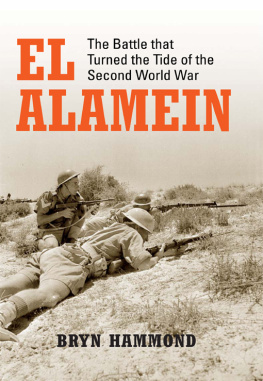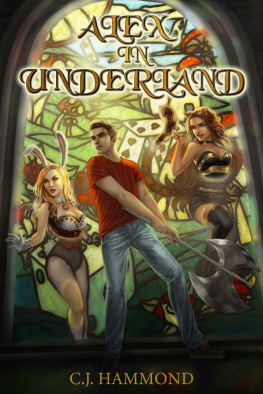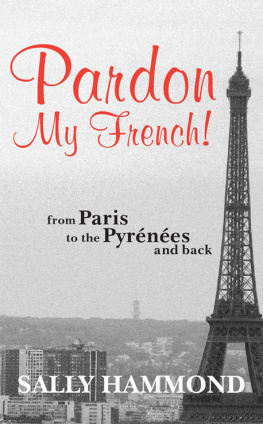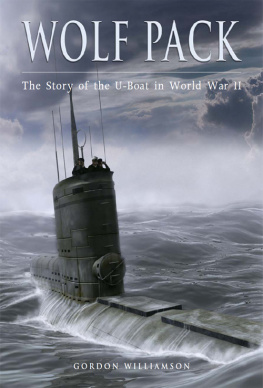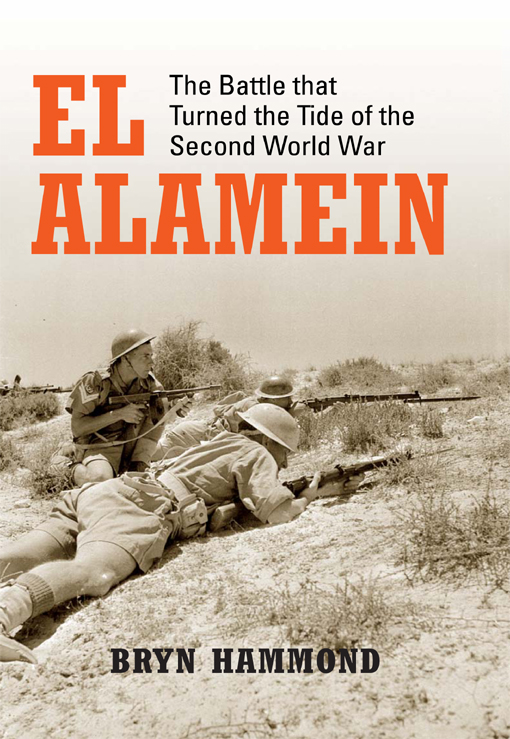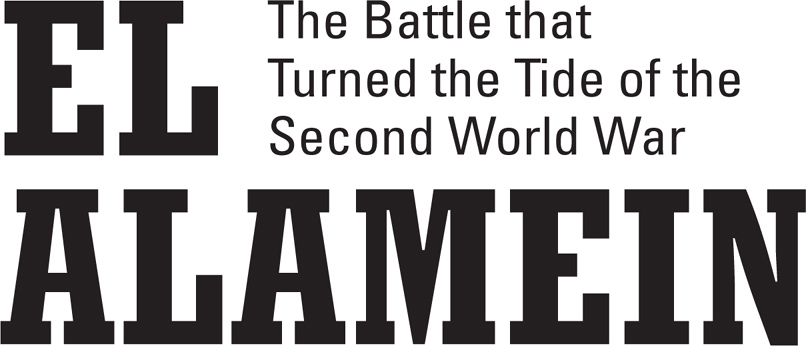BRYN HAMMOND
CONTENTS
ACKNOWLEDGEMENTS
In Cambrai 1917: The Myth of the First Great Tank Battle, I made full and proper reference to the support and encouragement of friends and family in the preparation and completion of that book during difficult times. The same people have continued to support me and I must offer once more my thanks for their innumerable kindnesses and generosity.
First and foremost, I must thank Abby, Holly and Bryn. Their patience with me during the writing of this book and their pride in their dads achievements is rewarded by a second mention. This means they are now twice as famous as they were before.
I would also like to thank my wonderful family especially my mum, Margaret, for practical help as well as huge amounts of love, and my brother and sister, Dave and Sarah and their families and loved ones. Dad would be so proud of us all for what we all continue to achieve.
Amongst my fantastic friends, Alan Jeffreys, Philip Dutton, Chris McCarthy and Lee Murrell all generously supported me in practical ways with book loans, advice and encouragement. Alan a fine historian in his own right also read early drafts of the text and commented on my Great War perspective on the Second World War. The indomitable Peter Hart found time in his punishing work programme to read draft material and offered comments on my work, none of which can be printed. John Paylor, George Webster and Laurie Milner also gave great help by reading drafts and providing helpful comment. Had they been given more time, they would have made even more valuable contributions than the great help they did offer. Tim Roberts deserves a special mention for the opinions he shared on the relative strengths and weaknesses of British and German armour. Steve Grace and Donald Hislop were especially good at tolerating the idiosyncratic ways of an author with a deadline.
At the Imperial War Museum I was greatly assisted by many members of staff including Julie Robertshaw, Marius Gasior, Sarah Paterson, Tony Richards, Simon Offord, Richard McDonough, Richard Hughes, Sabrina Rowlett, Victoria Rogers, Jane Rosen, Alison Duffield, Alan Wakefield and Ian Proctor. Staff at the Durham County Records Office and National Army Museum were also extremely helpful. A particular thank you goes to Pam and the ladies of Balderton Library and to Nottinghamshire County Councils Library Service who found me many obscure volumes on the Desert War from the Basement Library in Nottingham. Use your local library youll be amazed by what you can find there!
I must thank everyone at Osprey but especially Kate Moore, Marcus Cowper and Emily Holmes for patience and encouragement throughout the period in which this book came into being. I hope they will all be proud of the end product. They all worked very hard and were extremely tolerant of my faults.
Two historians, Corelli Barnett and Niall Barr, deserve mention for producing excellent books which considered Alamein but who, between them, left a sufficiently large opportunity for a book of this type to make an additional contribution. I urge all readers of this book to read The Desert Generals and Pendulum of War as well, if they have not already done so.
Particular thanks must go to all those individuals who gave me permission to quote from the sources for which they hold copyright. Similar thanks must go to the publishers of the various books from which I have quoted for allowing me to do so. I am grateful to The New Zealand Electronic Text Centre, Victoria University of Wellington Library and the New Zealand Ministry of Culture and Heritage for kind permission to publish extracts from Infantry Brigadier by Howard Kippenberger and various volumes of the Official History of New Zealand in the Second World War series. I hope all those I have been unable to contact or trace, despite my best endeavours, will grant me their forbearance.
The quotations from letters, diaries, personal accounts and oral history interviews used in this book have occasionally, where necessary, been lightly edited for overall readability. Punctuation and spellings have been largely standardised, material has occasionally been re-ordered and irrelevant material has been omitted, usually without any indication in the text. Nevertheless, changes in the actual words used in the original sources have been avoided wherever possible.
Bryn Hammond
December 2011
PREFACE
The desert was the novel element. Despite a twenty-five-year gap, many of the difficulties faced by those fighting in North Africa between late June and early November 1942 were reminiscent of those encountered by the British and Germans in the Great War. The manner in which memoirists, other writers and historians have approached the three headline battles First and Second Alamein and, sandwiched between them, the battle of Alam Halfa raises a number of familiar issues. Many of these centre on the cult of the personality that surrounds two of the three chief protagonists, Montgomery and Rommel, but others have contributed to the mythology that surrounds the battle: a misapprehension of events, the ready acceptance of some accounts of participants without consideration for the context in which they were prepared and the motivations in producing them, and a failure to connect with the wider strategic context. This is all familiar ground, in many ways but the desert remains unique.
There was no single Battle of El Alamein nor, strictly speaking, can the fighting be simply split into First and Second Alamein. These names are convenient devices imposed by historians to provide structure to the events of the period. Each of these chronological periods of fighting comprised many different attacks and counter-attacks. Many were interconnected. Quite often they were not. The British gave many of their attacks the status of Operation, but much of the fighting featured Eighth Army in defence and was not so easily labelled. This was like the desert. Vague areas of seemingly featureless sand and gravel given labels in attempts to make sense of something otherwise incomprehensible a practice reminiscent of the naming of British trenches in the Great War where many struggled to make sense of a bleak and alien landscape the empty battlefield.
The origins of this book lie in a decision to research and describe the important events of a period of conflict in the Second World War using techniques already proved in looking at a crucial battle of the Great War the 1917 battle of Cambrai. The personal accounts of participants have once again been used to support and enhance a narrative of the military operations and strategic background and to make a vitally important connection between the decisions of politicians and generals and their very real life or death consequences for men in battle. This has allowed the narrative to develop and explore important tactical and technological contributions by individuals who frequently get ignored in accounts of warfare that focus solely on the senior commanders.
This book, I hope, goes beyond the Rommel versus Monty approach, which sees Rommel as a cipher for the DeutschItalienische Panzerarmee and Monty as an odd, but successful chap who fought Rommel and won. The senior commanders feature in this account for their importance in leading and organizing the men who did the fighting and the dying. Montgomery, Rommel and Auchinleck defined the broad framework for military operations, with their decisions being especially connected to the wider strategic situation. This was never more clearly demonstrated than in regard to Rommels decision to continue his offensive drive into Egypt which provoked the fighting at Alamein, or in Auchinlecks assumption of command of only one of the armies (albeit the crucial one) that made up his enormous Middle East Command.

